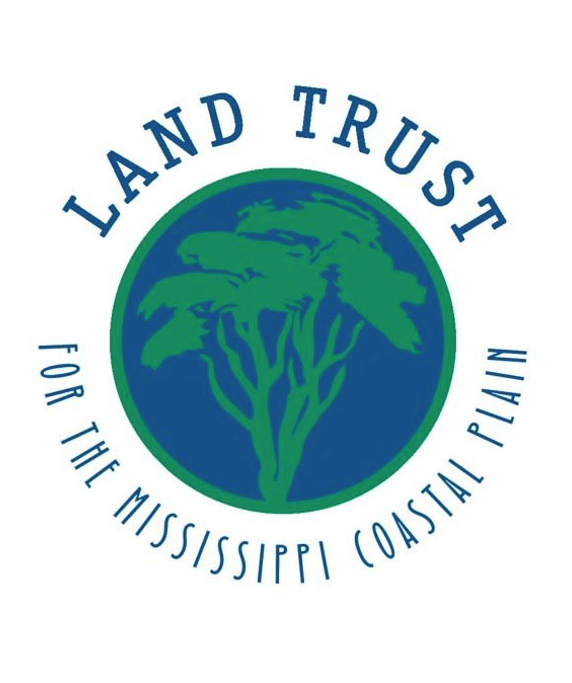Restorations Part III: Techniques
Species Removal
Fire is the natural force for maintaining a longleaf pine ecosystem. Dormant-season fires are used to reduce litter buildup when there is a significant amount of material that has accumulated on the ground which a fire would use for fuel. These fires remove the fuel to help prepare a property for restoration. Once a restoration has been completed, growing-season fires are used to maintain the structure, species composition and function of longleaf pine ecosystems. However, fire is not a practical solution for all properties because of adjacent land use (such as residential or commercial development where fire could pose a danger to settlements or nearby airports where smoke may interfere with visibility).
When fire is not appropriate for the removal of debris and non-native vegetation from a site, roller-chopping or mulching may be a necessary step in the restoration process. This involves using machines to remove large stands of woody vegetation from a property. When a site is less degraded, selective manual removal of vegetation to create canopy gaps or remove distinct stands of invasive species may be appropriate. This can be achieved using hand tools, but herbicide application is sometimes required, depending on the type of species that has colonized a property. The roots of some species are evolved to survive mechanical interference, so chemical methods are used in those circumstances.
Afforestation
While bottomland hardwood and bayhead swamp ecosystems are typically found in the same landscape as longleaf pine ecosystems, it is the restoration of a more natural hydrological regime that is key to their rehabilitation. Particular attention must be paid to soil type, nutrient availability and moisture. While flood-tolerant species are well-adapted to drier sites, they will not survive being planted directly into wet sites. Therefore, while the native ecosystems host a wide variety of mature woody vegetation, it can take significant time to re-establish a functional ecosystem. More tolerant species need to be planted and become established before species with more specific needs can be reintroduced as conditions become favorable. The stabilization of slopes, management of runoff and removal of water control structures must also be done slowly to allow woody vegetation time to adapt.
Planting woody seedlings is a common technique used by the Land Trust in all our restoration projects across all ecosystem types. In recent years, we have planted tens of thousands of woody plants on many properties across the Mississippi coastal plain. Most frequently planted is longleaf pine, but we also plant a dozen other species of woody vegetation that are native to the region depending on the specific conditions of a property. We also frequently plant native grasses and forbs and sow understory seed. Patience is key to restorations – while the removal of species has a sudden visual impact on a property, it takes many years for native species of woody plants to regrow into a forest system.
Stewardship
The natural forces which maintained native ecosystems here on the Mississippi coastal plain no longer function as they once did. Therefore, management of restored ecosystems is critical to ensuring their survival. A restored ecosystem will quickly become overrun with invasive species and revert to a degraded system without management. Successfully restored ecosystems require constant stewardship, but with it, they will thrive and provide habitat for native species. Please support the Land Trust so that we can continue doing this work on the Mississippi coastal plain so that future generations can enjoy the natural ecosystems of this beautiful area.


